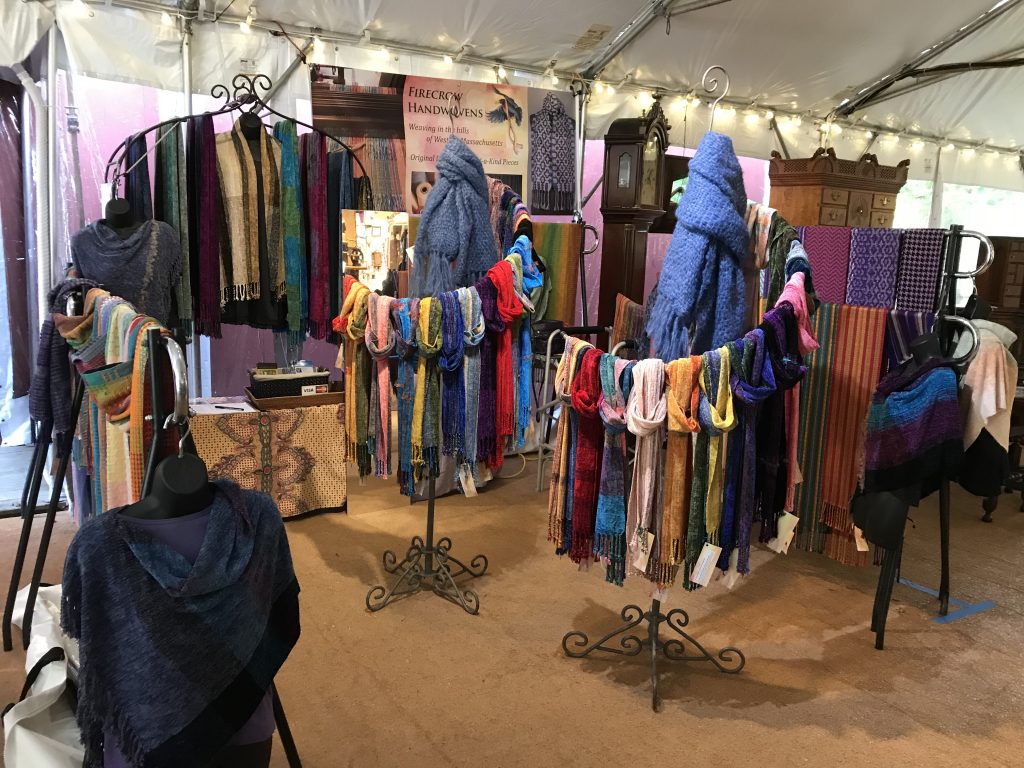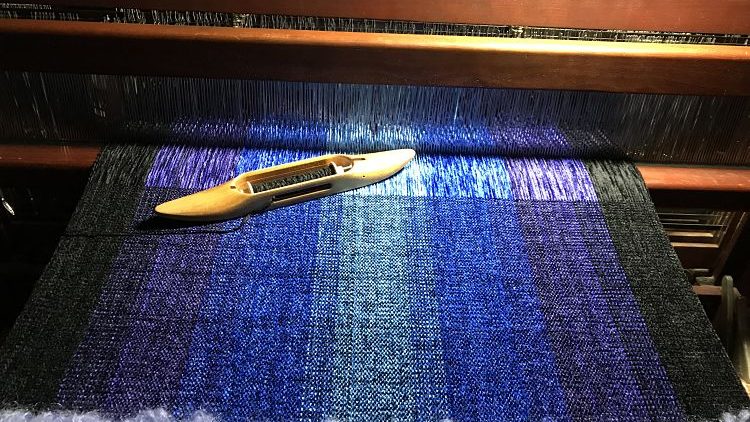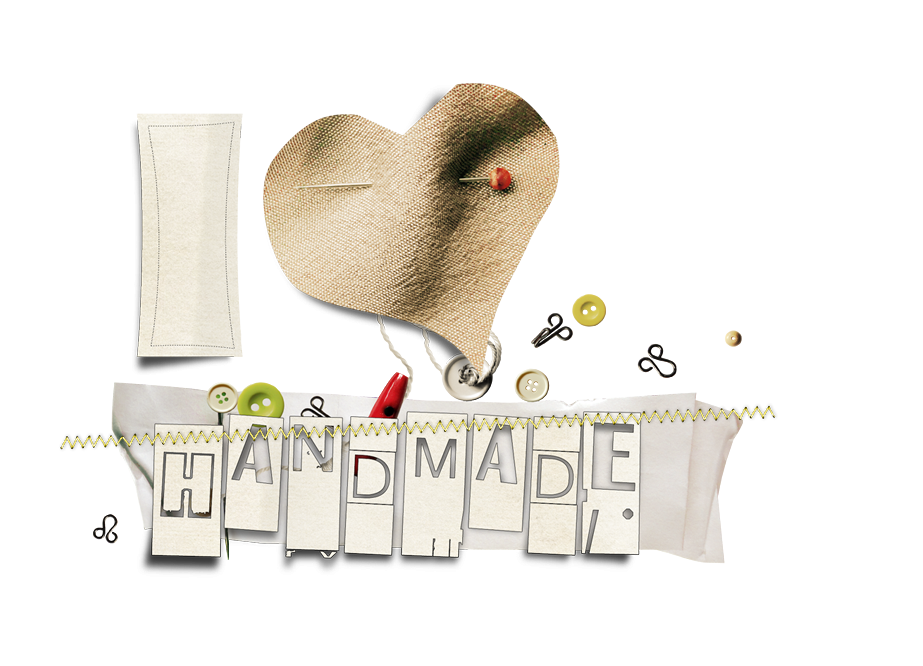Weaving artist gives advice to makers who are just getting started
Weaving artist Kathy Litchfield’s most unique element of her handmade scarves are that they are named for what inspired them, often carrying joyful messages of hope, quotes about life or wisdom that she has learned over the years. Her line of lightweight scarves includes, tencel, bamboo, rayon, and merino wools. After weaving for 13 years, she began selling her work in 2011, and now also offers shawls and ponchos, too.
Back to the beginning
Litchfield’s artistic experience dates back to childhood. “My mom taught me to crochet and I made lots of afghans, scarves, brightly-colored doll clothes, and Christmas tree ornaments,” she reminisces. “My mom shared her love of the fiber arts at an early age. But weaving is what really took off for me – the ability to make cloth out of fine yarns in an endless variety of colors, textures, and functional purposes.”
The most difficult thing that Litchfield faces is keeping up and filling enough inventory to fill a 10-by-10-foot booth. She only sells her work retail at shows, mostly at high-end juried shows, on her website, and in a small studio shop. She markets her work online, at shows, through newspaper and magazine articles, at galleries who sell her work, and via social media.
Business efficiency
Success didn’t come easy for Litchfield. Success has been the result of hard work, grit, and perseverance. “Starting your own business from scratch has many obstacles, and I’m grateful to the many people who helped me along the way to get established,” she reveals. Other challenges included figuring out how to pay sales tax in 11 states, getting inventory management, and mastering accounting and graphic design. “I have a background in journalism, marketing, and nonprofit program management. All of this has helped me when establishing Firecrow Handwovens.”

Other things she has learned along the way is how write a business plan – something she had help from a local community development corporation. Designing and implementing an effective booth display was another skill she needed to master. “There are so many steps to getting established and being successful, which is a very subjective term to artists as well,” Litchfield says. “I received a lot of encouragement from customers, friends, family, and show producers, which was very helpful.
She says Firecrow Handwovens grew its brand over time; Litchfield realized she wanted to sell collections of scarves, shawls, and ponchos. She realized that weaving longer warps would increase her efficiency and ability to produce more scarves while threading her loom once. “I designed lines where I weave eight on one warp, but everyone is unique as I change the weft for every scarf. This way I get eight scarves instead of four. This has decreased the hours I spend at my loom by one-third.”
Litchfield’s Start-up Advice
- Buy super-sturdy metal tent, like a Trimline
- Maintain excellent records, especially in the areas of inventory, sales, and tax liability
- Have the highest standards for quality control for your product and never compromise the quality
- Don’t talk negatively about other artists or customers at shows
- Maintain a positive attitude at all time, especially at slow, soggy, or snowy shows
Remember to take time for yourself; it’s hard when it feels like there are not enough hours in the day
http://www.firecrowhandwovens.com
Kathy Litchfield
Firecrow Handwovens
Warwick, MA
Web: www.firecrowhandwovens.com
Instagram: @FirecrowHandwovens
Facebook: @firecrow-handwovens
Medium: handwoven fiber/wearables






